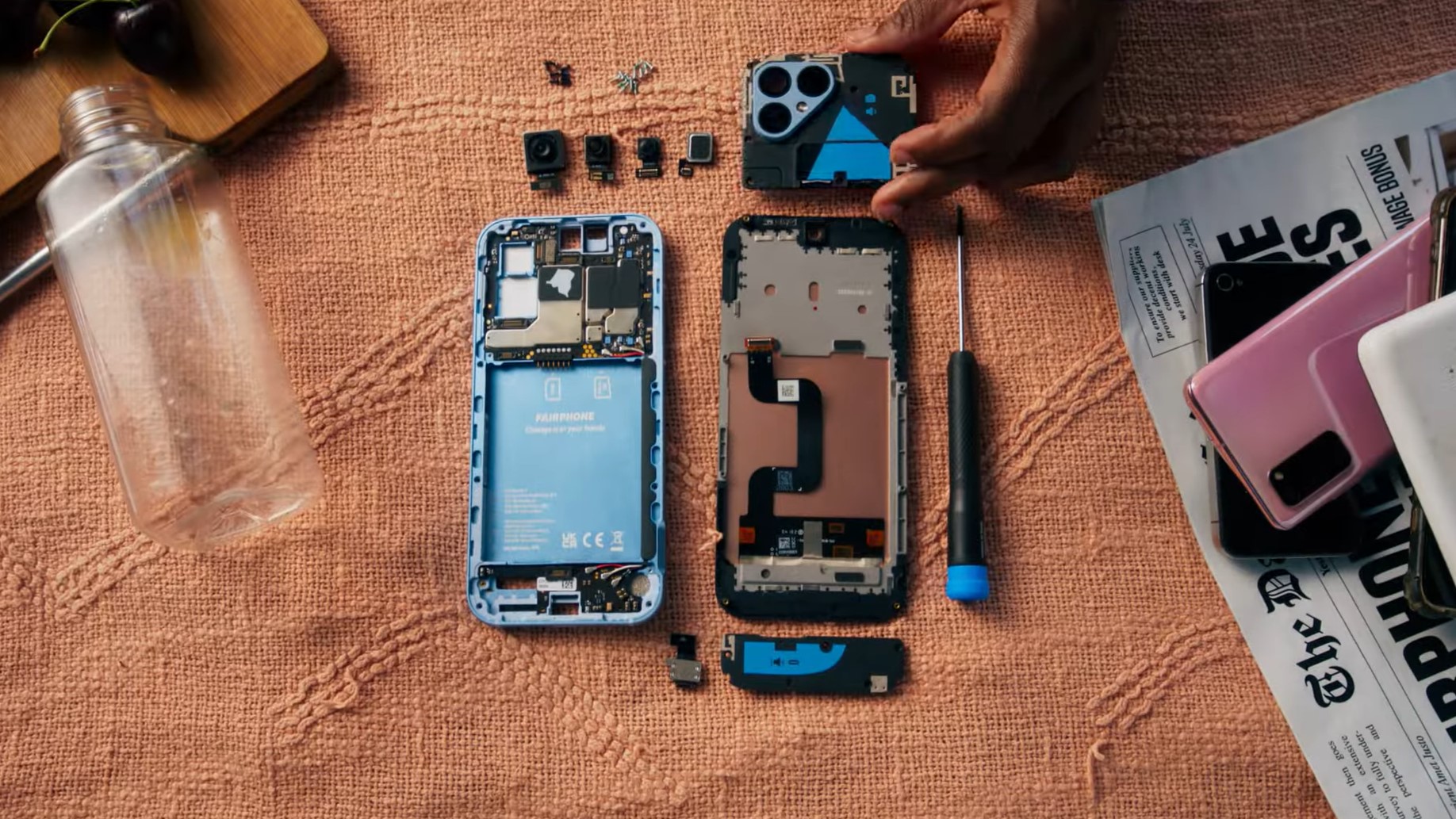Samsung Galaxy Z Fold 3 vs. Galaxy Fold: Should you upgrade?
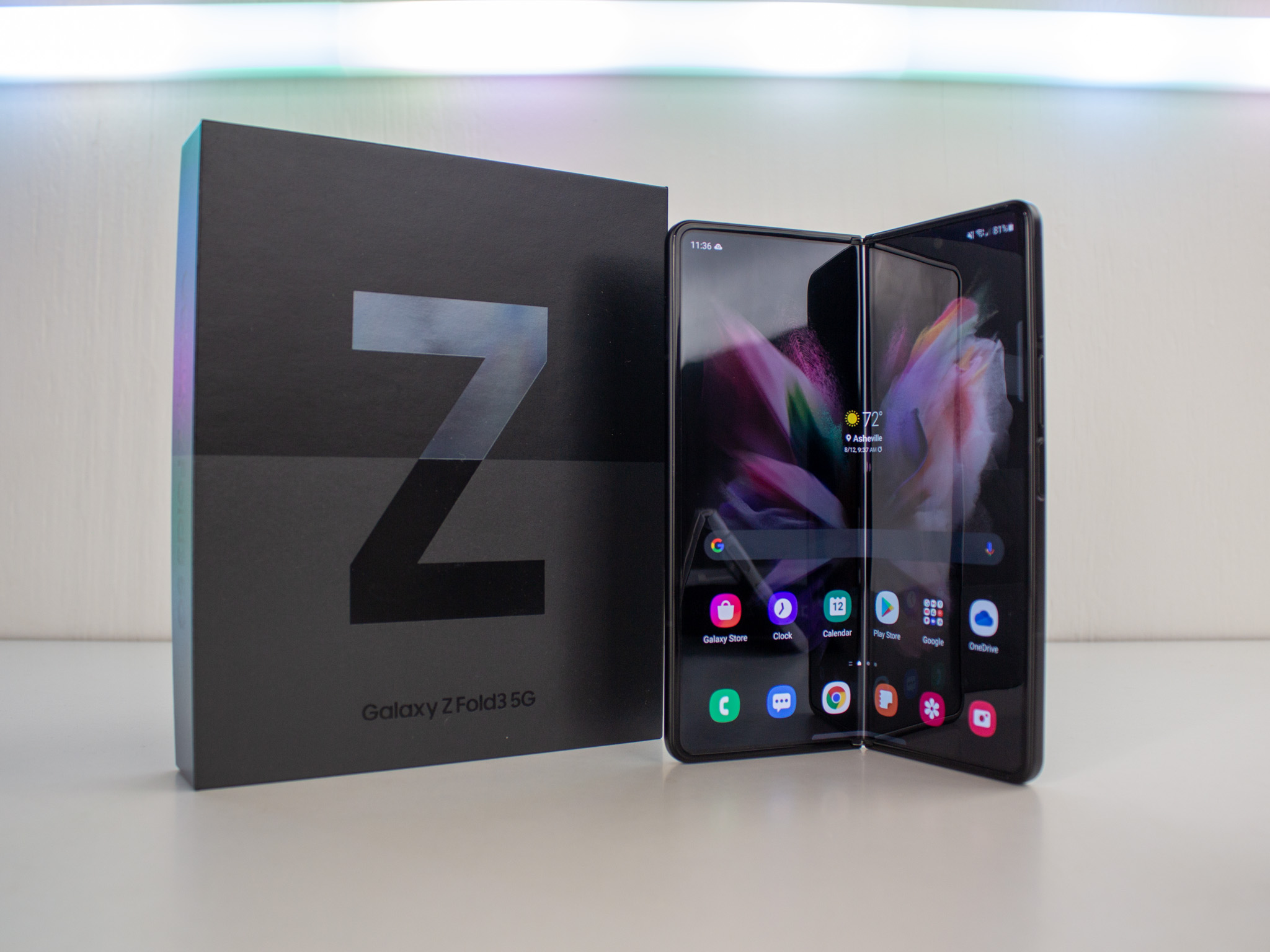
Samsung Galaxy Z Fold 3
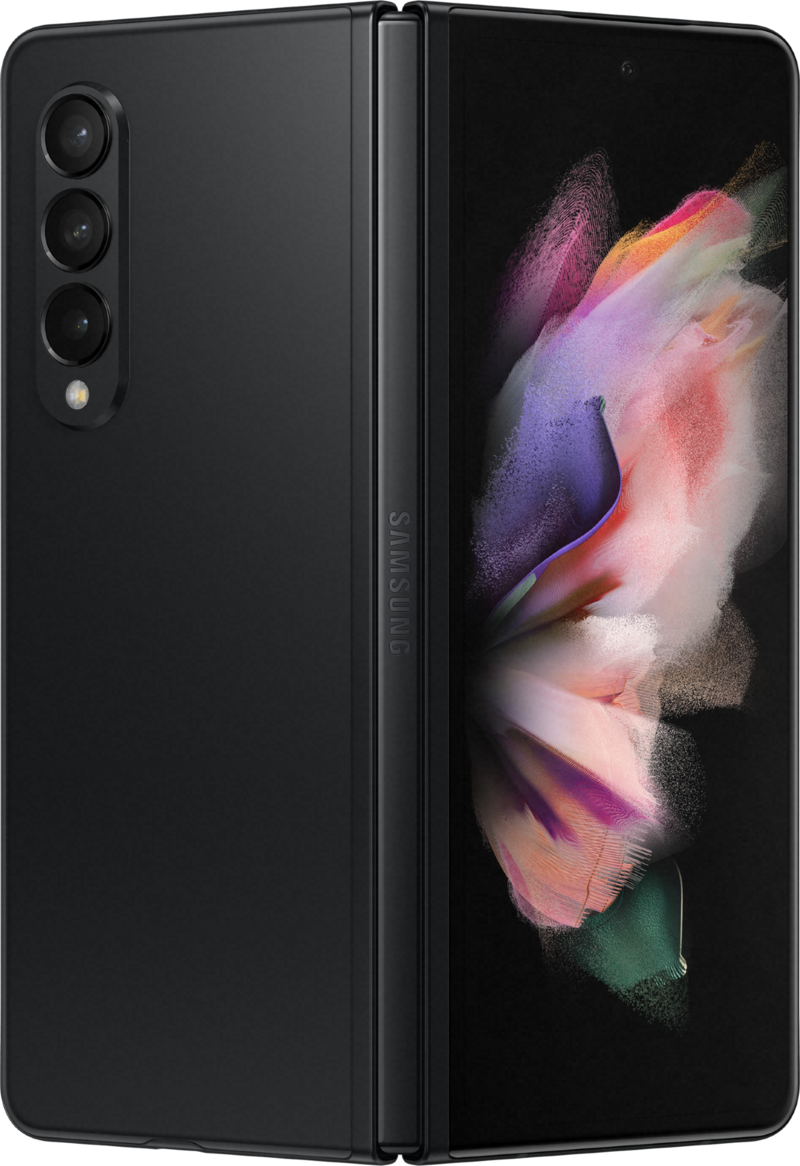
With considerable upgrades over its predecessor, the Galaxy Z Fold 3 is the best showing from Samsung in the foldables category yet. The phone has a new plastic layer that is more durable and mimics the feel of glass, both the inner and outer screens have 120Hz refresh, and you even get IPX8 water resistance. Combine that with S Pen integration and there's plenty to like in the Z Fold 3.
Samsung Galaxy Z Fold 3
The obvious choice
Samsung Galaxy Fold
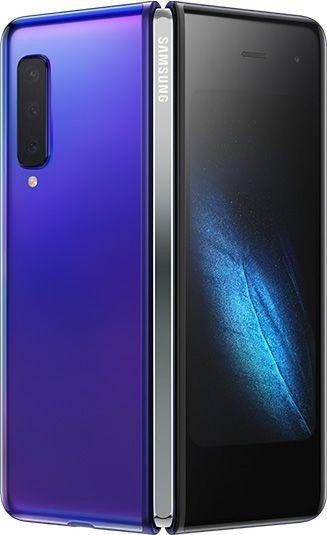
As a technical showcase, the Galaxy Fold had it all: a futuristic design with a fold-out screen that's great for streaming videos and playing games, and high-end internal hardware. Being a first-gen product, it misses out on a lot of areas when seen against the Z Fold 3, but it deserves credit for paving the way for foldables.
Samsung Galaxy Fold
Outclassed
When the Galaxy Fold debuted back in 2019, it kicked off a lucrative new category for Samsung: the foldable. The launch was marred by issues that plague all first-gen products — leading Samsung to defer sales of the Fold — but the foldable made its way back into the market once reliability issues were sorted out. Two years later, the Galaxy Z Fold 3 aims to deliver the same long-term durability as regular phones, with the hardware to match. So let's take a look at what's changed over the last two years, and which foldable is right for you.
Samsung Galaxy Z Fold 3 vs. Galaxy Fold Design and display
Samsung has outfitted the Galaxy Z Fold 3 with a slew of new features that make it stand out from its predecessors. The broad design aesthetic hasn't changed from the first-gen Galaxy Fold — you'll still find an outer screen along with a fold-out inner panel and a hinge that forms the spine.
The Galaxy Z Fold 3 shows that foldables can be as durable as regular phones.
Although the design hasn't changed too much over the last two years, Samsung made several tweaks to the construction of the Z Fold 3 to make it more resilient in day-to-day use. The phone is the first to feature a new Armor Aluminum alloy that makes the chassis more durable, and the hinge has been reworked to make it smoother to use and more reliable in long-term use.
Just those two changes make the Z Fold 3 a much better choice than the Galaxy Fold. Samsung's first-gen foldable still feels like a tech demo and not a consumer product, and that's clearly evident when you look at the camera cutout that's tacked on to the fold-out screen. The Z Fold 3, meanwhile, features an under-screen camera that's invisible when using the phone.
Then there's the screen itself. The Galaxy Fold has a tiny 4.6-inch outer screen with a 1680x720 resolution, whereas the Z Fold 3 has a much larger 6.2-inch screen with a 2268x832 resolution. The inner screen is also larger on the Z Fold 3 at 7.6 inches, with the Galaxy Fold coming in at 7.3 inches. But what makes Samsung's latest foldable truly stand out is that both the inner and outer screens have 120Hz refresh rate, making everything run much more smoothly. With the Galaxy Fold, you're limited to 60Hz on both panels.
Be an expert in 5 minutes
Get the latest news from Android Central, your trusted companion in the world of Android
The Galaxy Z Fold 3 also gets two new features that allow it to extend its edge in this category. Samsung is using a new PET screen cover that is more resistant to scratches and feels like glass in daily use. This is a big deal in and of itself, but the new cover is durable enough that Samsung introduced S Pen integration, making the Z Fold 3 a true productivity powerhouse. In short, Samsung's latest foldable is one of the best Android phones around.
Samsung Galaxy Z Fold 3 vs. Galaxy Fold Hardware and software
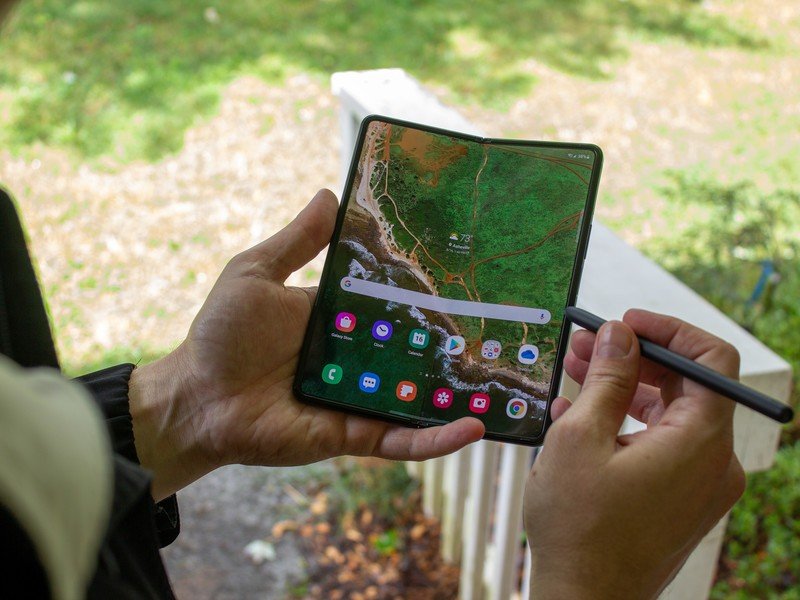
Samsung has outfitted its flagships with high-end hardware, and the Galaxy Fold holds up particularly well in spite of it being two years old at this point. The Snapdragon 855 chipset has plenty of power to offer, the 12GB of RAM ensures the device has more than adequate memory for multitasking, and with 512GB of storage as standard, the Galaxy Fold isn't going to run out of storage soon.
With the Z Fold 3, you're getting the latest hardware that Samsung has to offer.
The Z Fold 3 builds on those fundamentals by offering the latest internal hardware. The phone is powered by the 5nm Qualcomm Snapdragon 888, delivering incredible performance in just about any day-to-day task — whether it's jotting down notes, scrolling through Twitter, or playing the most demanding games.
There's 12GB of RAM as standard with the Z Fold 3 as well, and the device is available with either 256GB or 512GB of storage. Like the Galaxy Fold, the Z Fold 3 misses out on a microSD card slot and there's no 3.5mm jack either. That said, you get stereo sound and AptX HD audio on the foldable, and there's Bluetooth 5.2 along with Wi-Fi 6E, UWB, NFC, and global 5G connectivity — including mmWave.
An exciting addition with the Z Fold 3 is IPX8 water resistance. Samsung is using a combination of adhesives and gaskets to secure the hinge mechanism against water ingress, and that means you can use the device in the pool or the tub, making it much more versatile.
IPX8 water resistance makes the Z Fold 3 that much more versatile.
As for battery, it's largely identical between the two foldables. The Galaxy Fold has a 4,380mAh battery while the Z Fold 3 gets a 4,400mAh unit. Both phones have wireless charging and reverse wireless charging. The Z Fold 3 does get faster wired charging at 25W though while the first-gen Fold is limited to 15W.
Samsung hasn't changed the cameras from last year's Galaxy Z Fold 2, so the Z Fold 3 doesn't offer anything new in this area. That said, it is a decent upgrade over what you're getting on the Galaxy Fold, with the primary 12MP module taking great photos in just about any lighting scenario.
As for the software, both the Galaxy Fold and the Z Fold 3 benefit from Samsung's long-term updates. Both phones will get three years of Android version updates and four years of security patches. The first-gen Fold launched with Android 9.0 Pie and received the Android 11 update earlier in the year, and the One UI 3.1 interface is unchanged to what you'll find on the Z Fold 3, which runs One UI 3.5 out of the box.
Samsung Galaxy Z Fold 3 vs. Galaxy Fold Here's why you should upgrade
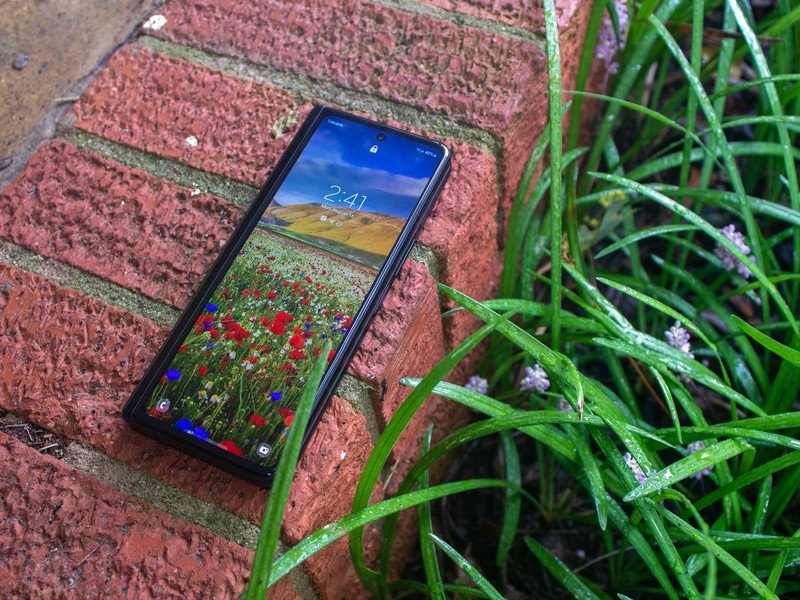
The Galaxy Fold gave us a first look at the foldable future, and the Z Fold 3 builds on that with meaningful upgrades that make it a fantastic overall device. With the addition of the S Pen and IPX8 water resistance combined with a more durable chassis and a new layer coating the fold-out screen, the Z Fold 3 is a phone that's ready for the mainstream.
If you want a foldable in 2021, you should get the Z Fold 3.
If you're interested in buying a foldable in 2021, your best option is the Galaxy Z Fold 3. Samsung ended sales of the Galaxy Fold following the launch of the Z Fold 2 last year, and while you can pick up the global version on Amazon, that isn't a route you want to take with a foldable device. More than anything else, you need Samsung-backed warranty in case something goes awry with the screen or the hinge.
Of course, the main drawback with foldables is the asking price. Retailing for $1,800, the Z Fold 3 is the costliest device in Samsung's mobile portfolio right now, but if you are looking to make the switch, there is a generous trade-in policy, and Samsung is offering a $200 credit as an added incentive.

Setting a new standard for foldables
The Galaxy Z Fold 3 has all the features you'd want from a foldable: the latest internal hardware, 120Hz AMOLED panels inside and out, durable design, S Pen integration, and a water-resistant body. This is the ultimate productivity device in 2021, so if you're interested in seeing what foldables have to offer, the Z Fold 3 is the obvious choice.

The one that started it all
The Galaxy Fold led the way for Samsung's foldable ambitions, and while it introduced the innovative fold-out screen and the hinge mechanism that forms the bedrock of the Z Fold 3, it had its share of drawbacks. So if you're using the Galaxy Fold or are looking to switch to a foldable, you should pick up the Galaxy Z Fold 3.

Harish Jonnalagadda is Android Central's Senior Editor overseeing mobile coverage. In his current role, he leads the site's coverage of Chinese phone brands, networking products, and AV gear. He has been testing phones for over a decade, and has extensive experience in mobile hardware and the global semiconductor industry. Contact him on Twitter at @chunkynerd.
